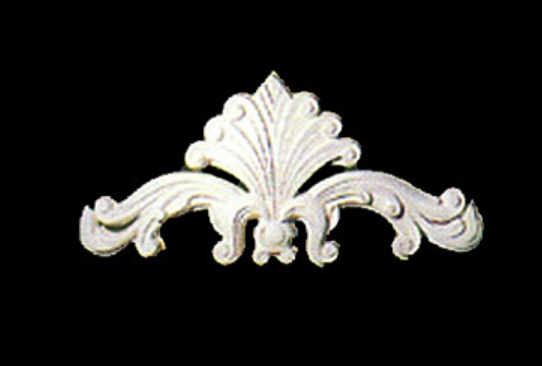What are the daily maintenance and joint treatment methods of GRC materials? GRC material is a kind of glass fiber reinforced cement, which integrates the characteristics of light weight, high strength, high toughness, water resistance, incombustibility, sound insulation, heat insulation, easy processing, etc., and occupies a unique position in architecture. So far, with the emergence of low alkali cement and alkali resistant glass fiber, GRC decorative components have been widely used in buildings around the world. GRC components include columns, decorative lines, doors and windows, fences, garden supplies, urban sculptures, etc., with different shapes competing for beauty. It greatly improves the taste of urban culture and high-rise buildings. As time goes by, any object will be inferior to the original one. Next, let's share the daily maintenance of GRC materials and joint treatment methods: Hainan GRC component
1、 GRC material composition
The basic components of GRC are cement, sand, fiber and water. In addition, polymers, admixtures and other materials are added to improve the later performance.
Cement: cement commonly used in GRC mainly includes quick hardening sulphoaluminate cement, low alkalinity sulphoaluminate cement, ordinary Portland cement and white Portland cement.
Fiber: The fiber used in GRC material must be alkali resistant glass fiber, including alkali resistant glass fiber roving, alkali resistant glass fiber chopped yarn, and alkali resistant glass fiber gridding cloth. European and American countries require that the zirconia content of glass fiber used in GRC shall not be less than 16.5%, and domestic requirements require that the zirconia content of ordinary Portland cement shall not be less than 16.5%.
Polymer: usually added polymer is acrylic emulsion, namely acrylate copolymer emulsion.
Admixtures: Generally, superplasticizer, plasticizer, retarder, early strength agent, antifreeze, rust inhibitor and other admixtures can be selectively added: when products contain steel reinforcement materials or steel embedded parts, calcium chloride based admixtures shall not be used.
Other materials: some pozzolanic active materials can be selectively added to improve the comprehensive performance of GRC products, such as strength, impermeability, durability, etc.
Second, daily maintenance of GRC materials:
1. Try to avoid dust and stains. If the surface is stained with dust or stains, it can be cleaned with a vacuum cleaner, and make sure that the vacuum cleaner is a soft brush, because if it is hard, it may scratch the sandstone. Hainan GRC component
2. The sealing shall be carried out as soon as possible after installation: the sealing opening can be used as a protective layer to prevent the entry of dust and stains and the evaporation of water in the sandstone, otherwise, it will be damaged when it reacts with the substances in the air.
3. Do not contact oil stain: because oil or dirt will lead to staining of sandstone background wall, if contacted, it should be cleaned as far as possible.
4. Avoid using ceramic tile cleaning agent for cleaning, because it will fade the ceramic tile, use clean soft cloth and warm water, and wipe frequently to prevent the deposition of harmful chemicals and damage the surface. The splicing joint treatment method for GRC material construction: the "open joint" and "concealed joint" treatment method can be used for the splicing joint of GRC material construction. The so-called "open seam" refers to the decoration effect achieved by reserving 12~20mm natural seam at the seam according to the design requirements of the drawing and a certain building module when GRC materials are assembled. The "concealed seam" treatment method needs to be repaired at the splicing seam of GRC material, so that the lines can achieve the overall smooth and unified decorative effect.
Third, the splicing joint treatment method for GRC material construction:
The splicing joint of GRC material construction can be treated by "open joint" and "concealed joint". The so-called "open seam" refers to the decoration effect achieved by reserving 12~20mm natural seam at the seam according to the design requirements of the drawing and a certain building module when GRC materials are assembled. The "concealed seam" treatment method needs to be repaired at the splicing seam of GRC material, so that the lines can achieve the overall smooth and unified decorative effect.
Construction method: After the assembly of GRC materials is completed, the joints shall be cleaned, and mixed with sulphoaluminate cement, construction glue, acrylic acid emulsion and alkali resistant fiber yarn in a proportion of 1:0.2:0.05:0.02 (weight ratio) to form a viscous slurry. The joints shall be repaired and compacted to 2mm of the GRC surface. After 72 hours, remove the dust at the joints, and then inject and scrape the cement based sealant. Hainan GRC component
Here are the daily maintenance and joint treatment methods of GRC materials. GRC materials are lightweight, high-strength, high toughness, water resistant, incombustible, sound insulation, heat insulation, and easy to process, so it is believed that they will be more and more widely used.


